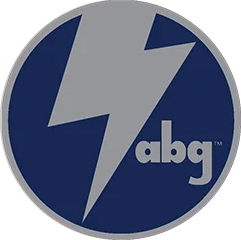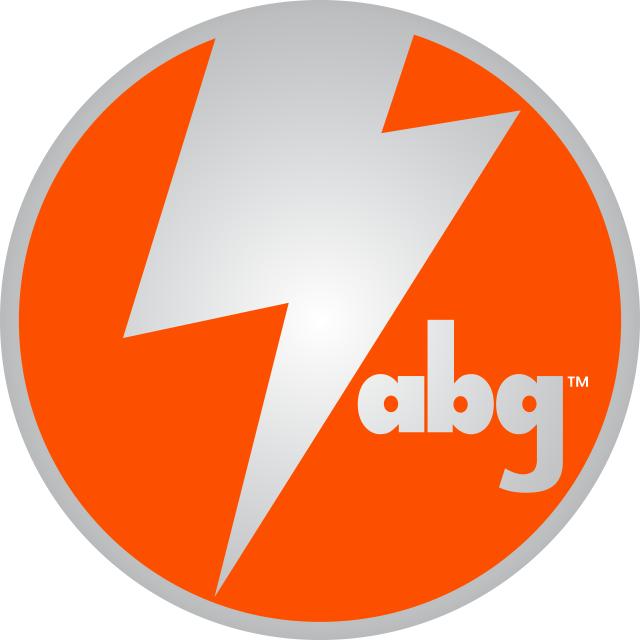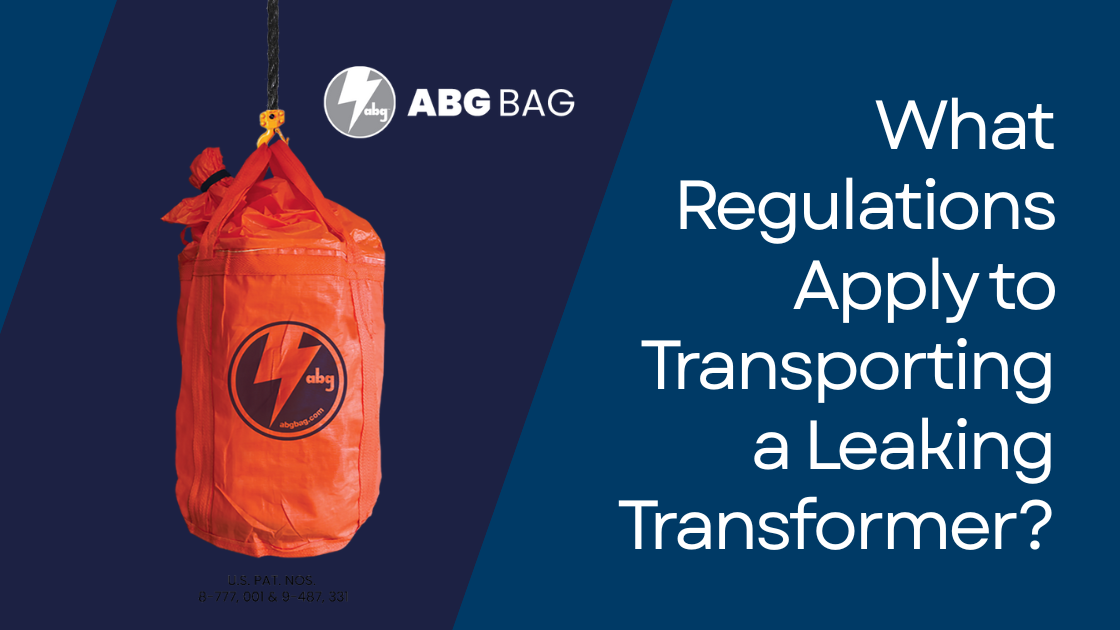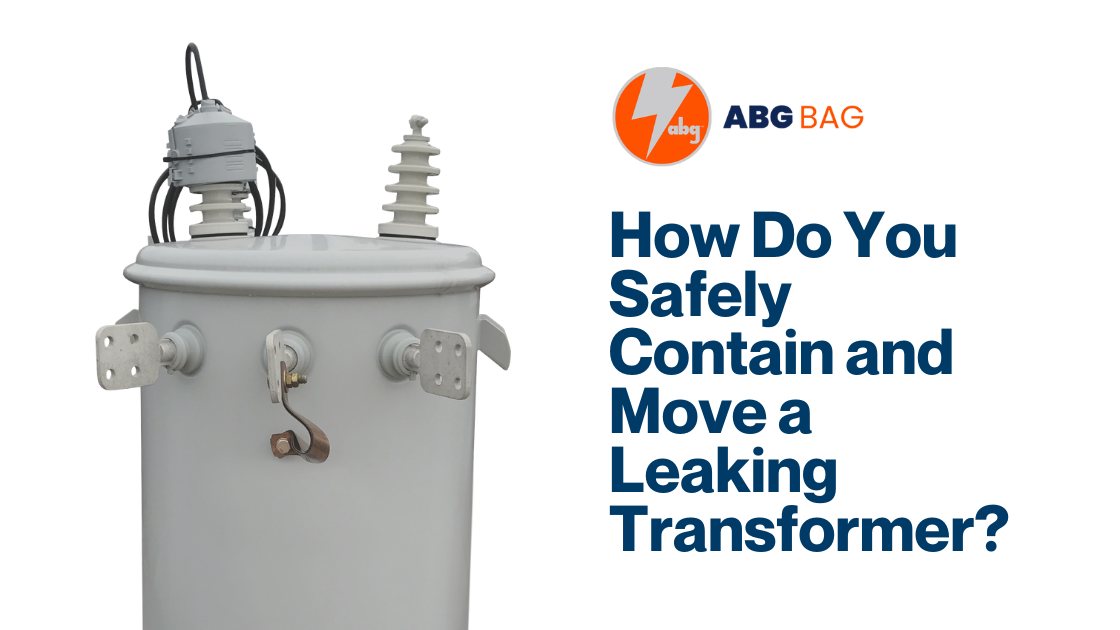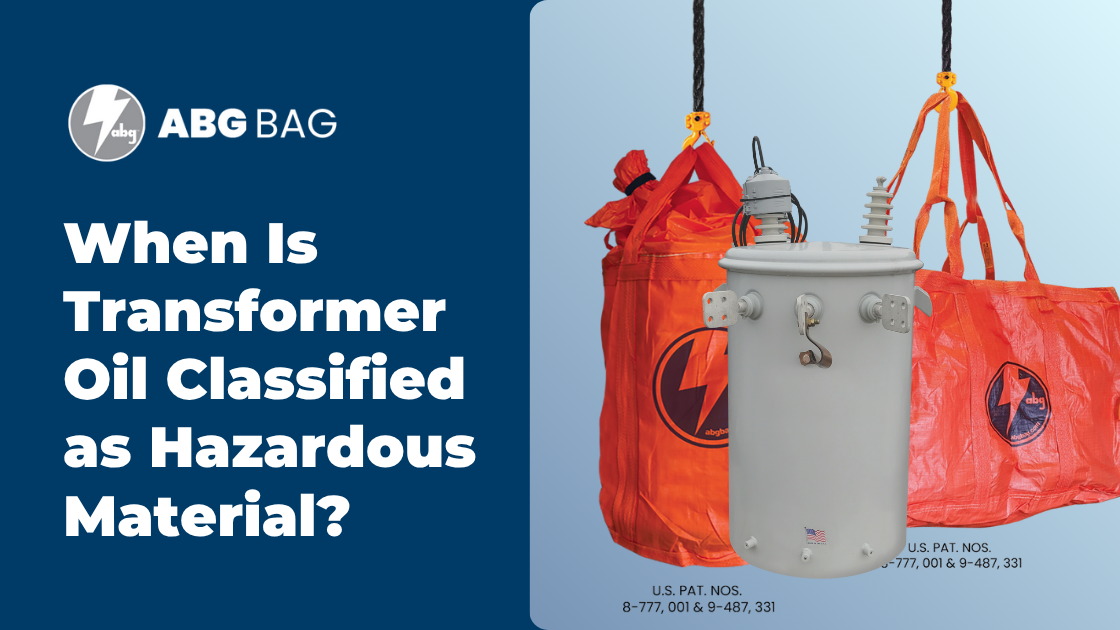
When Is Transformer Oil Classified as Hazardous Material?
Transformer oil plays an essential role in electrical equipment by providing cooling, insulation, and long-term operational stability. However, when transformer oil leaks or must be transported, its regulatory classification becomes much more important. In many situations, transformer oil is legally considered hazardous—especially when it is spilled, contaminated, or part of a leaking transformer. Understanding when transformer oil is classified as hazardous material helps utilities, contractors, and environmental teams stay compliant, avoid penalties, and protect surrounding environments during cleanup and transport.
Whether dealing with transformer containment on-site, transformer spill containment during response work, or transformer oil containment transport during relocation, knowing the rules that govern hazardous materials ensures safe handling and proper environmental stewardship.
When Transformer Oil Becomes Hazardous Material
Transformer oil classification depends on several factors, including composition, contamination, PCB content, and spill conditions. Even non-PCB mineral oil can be classified as hazardous waste in certain circumstances.
Here are key situations in which transformer oil may be considered hazardous:
1. When It Contains PCBs
Polychlorinated biphenyls (PCBs) were historically used in transformers and other electrical equipment. Although phased out decades ago, older equipment may still contain PCB-contaminated oil. Any transformer oil with PCB concentrations above regulatory thresholds is automatically considered hazardous and must be handled under strict environmental protocols.
2. When It Is Released Into the Environment
Even non-hazardous transformer oil becomes regulated once spilled. Soil or water contamination elevates the risk profile, often triggering emergency reporting, mandated cleanup, and strict transformer spill containment procedures.
3. When It Shows Signs of Contamination
Oil mixed with sludge, metals, or external debris qualifies as hazardous waste in many jurisdictions. Leaking transformer conditions—especially during heavy damage or fire events—can compromise the oil and require hazardous material transformer transport procedures.
4. When Local or Federal Regulations Require It
In the U.S., the EPA, DOT, and state environmental agencies have varying definitions and reporting requirements. For example, during transformer containment for transport, even minor leaks may require hazardous material labeling and containment systems.
In short, transformer oil becomes hazardous whenever it poses environmental, human health, or regulatory risks—making proper containment and transport essential.
Why Proper Containment Matters
Transformer leak containment systems help prevent oil from entering the environment, protect workers, and maintain compliance with federal and local regulations. Without proper tools, even small leaks can spread quickly, saturating soil and creating costly cleanup challenges.
Portable transformer containment systems are especially useful because they provide immediate, field-ready protection. They are engineered to contain leaking transformer oil during lifting, staging, or transport, eliminating the risks associated with makeshift containment like tarps or drip pans.
These systems help teams contain leaking transformers safely and maintain operational control during emergency situations.
For more guidance on hazard classification and cleanup protocols, visit Hazardous Material Handling For Transformer Oil Spills.
The Role of Containment in Safe Transport
Transporting a transformer that is leaking—or even suspected of leaking—must be handled with caution. Hazardous material transformer transport regulations require crews to take appropriate steps to prevent spills during loading, movement, and unloading.
A transformer oil containment transport plan generally includes:
- A portable transformer containment system
- A transformer spill containment liner or barrier
- Oil-absorbent materials
- Proper strapping and stabilization equipment
- Environmental reporting and documentation
- Secondary containment for staging or overnight holds
When transformer oil is classified as hazardous, crews must follow regulated transport routes, apply required labeling, and ensure the transformer containment for transport system is capable of withstanding real-world travel conditions.
Portable containment bags are often used because they can fully enclose the base of the transformer while still allowing crane lifting, forklift handling, and vehicle loading without compromising spill protection.
These systems are engineered to meet the demands of both routine and emergency hazardous material transformer transport, helping prevent roadside contamination or oil tracking onto trailers.
Why Leaking Transformers Require Extra Precautions
A leaking transformer poses greater risks than a stable, sealed unit. As soon as oil begins to drip, the situation can escalate quickly due to vibration, temperature changes, or equipment movement.
Effective transformer containment is essential whenever a transformer shows signs of leakage:
- Drips on the base or cooling fins
- Moisture patterns indicating slow seepage
- Visible pooling around the transformer
- Damage from storms, impact, or equipment failure
To contain leaking transformers safely, responders must use containment systems designed specifically for transformer oil spill containment. These solutions capture oil at the source and provide the flexibility needed for lifting, craning, or loading onto a transport vehicle.
To understand best practices for relocation, review How To Contain And Transport Leaking Transformers Safely.
Why Classification Matters During Cleanup
If transformer oil is determined to be hazardous, cleanup procedures must follow regulated standards. This can include:
- Documenting the spill
- Using proper absorbents
- Deploying transformer spill containment systems
- Preventing the spread of contamination
- Transporting waste using approved methods
- Completing environmental reporting
Even small leaks can require documentation, especially when spills may affect waterways or public property.
By combining a transformer leak containment system with proper cleanup tools, crews can address contamination quickly and prevent further regulatory complications.
Transformer oil is not always hazardous—but it becomes hazardous under many common real-world conditions. Whether the oil contains PCBs, becomes contaminated, or is released into the environment, proper transformer containment and regulated handling become essential.
Portable transformer containment systems, engineered spill solutions, and compliant transport procedures help ensure that organizations maintain safety and meet regulatory obligations. From transformer oil spill containment to hazardous material transformer transport requirements, the right equipment helps mitigate risks, control costs, and protect the environment.
If you need proven solutions to contain leaking transformer oil, manage hazardous material transport, or support emergency response, ABGBAG is ready to assist.
Call 800-758-8079 or contact ABGBAG online.
Do You Have Questions?
For inquiries about our products, order status, or any other information related to ABG Bag Inc., send us a message, and we will respond soon.
Sales & Customer Care
Product Questions



